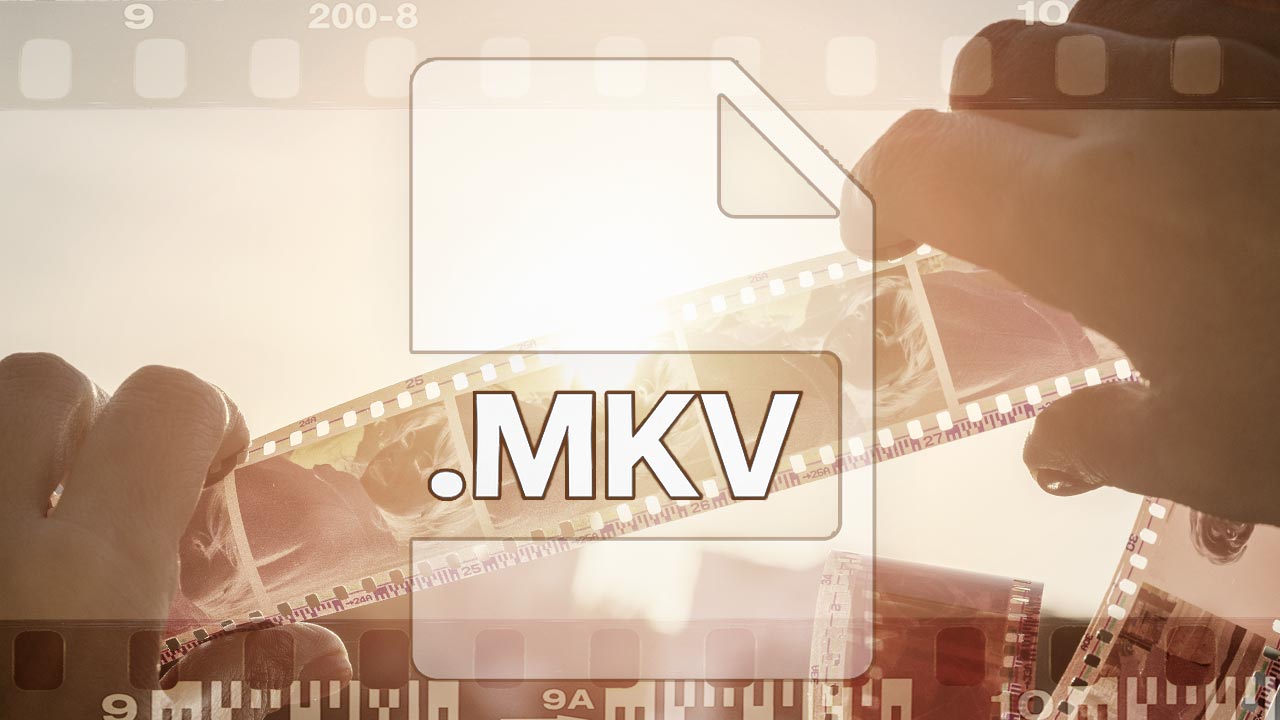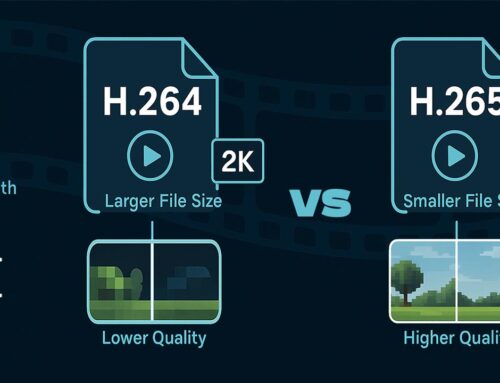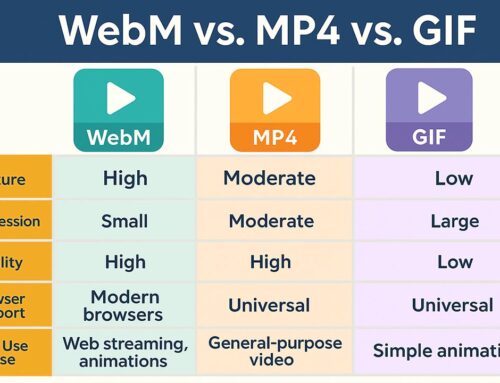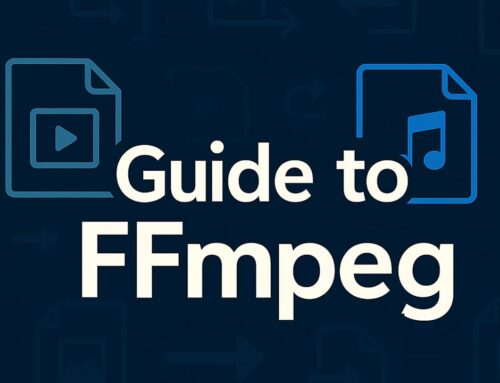.MKV Files Explained: What They Are and What You Can Do With Them
Today’s article explores the MKV file format, explaining what it is, why it is so versatile, and how users across industries utilize it for multimedia purposes. From home viewing to digital preservation, MKV is a format built for flexibility and quality.
Table of Contents
- What Is a .MKV File?
- Key Features of MKV Files
- What Can MKV Files Be Used For?
- Software That Supports MKV Files
- Pros and Cons of MKV Files
- How to Convert MKV Files
- Top 5 Frequently Asked Questions
- Final Thoughts
- Resources
What Is a .MKV File?
An .MKV file (Matroska Video file) is a multimedia container format. It can hold an unlimited number of video, audio, subtitle, and metadata tracks in a single file. Think of it like a zip folder, but for media.
Originally developed in 2002 by the Matroska project, the MKV format is open-source and royalty-free, making it a popular choice for digital media distribution.
Key Features of MKV Files
- Multiple Codecs: Supports video and audio in virtually any codec (H.264, H.265, VP9, etc.)
- Subtitles: Embedded subtitles in various formats like SRT, SSA, or VobSub
- Chapters: Can include chapter markers for navigation, like on a DVD
- Metadata: Custom tags for creators or consumers (title, actors, etc.)
- Error Recovery: Robust against file corruption
What Can MKV Files Be Used For?
High-Quality Video Streaming
MKV files support HD and UHD resolutions and multiple audio streams, making them ideal for streaming platforms and local video playback. Services that prioritize quality often use MKV during encoding, even if they distribute in other formats.
Subtitles and Multiple Audio Tracks
Perfect for international audiences, MKV supports multiple subtitle tracks and languages in one file. Viewers can switch between dubbed languages or subtitles without needing multiple versions of a file.
Archiving and Digital Preservation
Organizations like the Library of Congress use MKV for digital preservation because it retains the highest quality and supports extensive metadata. MKV’s non-proprietary nature makes it future-proof.
Post-Production and Editing
Video editors often use MKV during production due to its support for multiple video and audio layers. It’s useful for preserving uncompressed or lossless content before exporting to a final format.
Software That Supports MKV Files
- VLC Media Player (Windows, Mac, Linux)
- MPC-HC (Windows)
- HandBrake (for converting MKV files)
- Plex (streaming media server)
- Kodi (media player and entertainment hub)
- FFmpeg (command-line tool for converting and editing)
Pros and Cons of MKV Files
Pros:
- Open standard and royalty-free
- Supports nearly all video and audio formats
- Highly customizable metadata
- Error resilience
- Perfect for subtitles and multiple language tracks
Cons:
- Larger file sizes compared to MP4
- Not natively supported by some hardware and browsers
- Complex structure can make basic editing challenging
How to Convert MKV Files
You can convert MKV to formats like MP4 using:
- HandBrake: Free and open-source with high-quality presets
- FFmpeg: Powerful CLI-based tool
- Online Converters: Tools like CloudConvert or Convertio for quick jobs
When converting, always consider:
- Codec Compatibility
- File Size vs. Quality
- Subtitle and Audio Track Preservation
Top 5 Frequently Asked Questions
Final Thoughts
The MKV file format stands out as a future-focused multimedia container. Whether you’re a video editor, digital archivist, or casual viewer, MKV offers a blend of flexibility, high-quality playback, and robust metadata support. Its open-source nature ensures it continues to evolve with user needs.
If you require high-quality media that supports multiple languages, subtitles, and editing layers, MKV is the ideal format. However, for maximum compatibility across devices, you might want to convert it for final use.









Leave A Comment